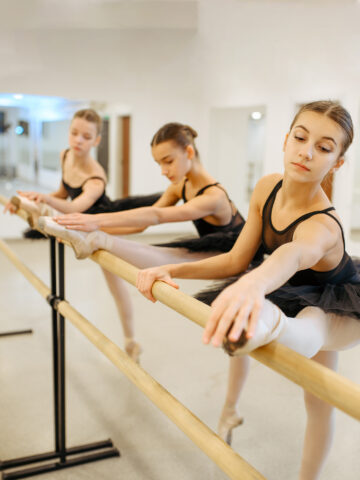With some kids and teens returning to team sports after an extended break amid the COVID-19 pandemic, parents and pediatricians alike have safety top of mind.
Taking care of your physical and mental well-being will lead to more achievement and fun on the field, says Dr. Matthew Kornswiet, a sports medicine pediatrician in CHOC Primary Care Network.
How can you keep your kids safe on the field after so much time off?
Coaches and parents should continue to follow safe return to sports guidelines from the Centers for Disease Control & Prevention and locally, the California Interscholastic Federation.
Remembering the acronym SPORTS can also help support a safe and healthy return to play and participation in athletic activities during the COVID-19 pandemic.
With support from Dr. Chris Koutures, a CHOC pediatrician and sports medicine specialist, Dr. Kornswiet offers these tips for parents, guardians and coaches:
S – Start slowly
It’s been a while since your child has played sports, so do not expect them to start where they left off. It may take several weeks to get back into shape. Start with a review of basic skills and techniques and build up to more advanced skills. Plan shorter workouts to give them time to build up endurance. And limit repetitive movements such as throwing, swinging and jumping.
P – Pay attention to your body
Quickly returning to athletic activities after time off increases the risk of overuse injuries. Follow your instincts – if you are hesitant to return to your activity, then wait or slow down. Also, maintain adequate sleep of eight hours or more per night, and stay hydrated to help your body perform at its best. Early in conditioning, especially during hot days, watch for signs of overheating. If you feel more tired than everyone else, or experience dizziness or confusion, seek medical care immediately.
O – Open mind
Reset expectations and short-term goals. You may not be able to practice like you usually do. Be mindful of your mental health and well-being during this extraordinary time. Think of ways to cross train or do alternative workouts.
R – Red flags
See your pediatrician, sports medicine physician, athletic trainer or physical therapist if you experience pain in a small, confined area; if you are limping or not able to move normally; if you feel pain/soreness greater than four on a scale of one to 10; if you experience pain or soreness when you are not playing sports; or if you feel pain or soreness that lasts two to three days after activity.
T – Take steps to limit the spread of COVID-19
Never practice or play when you are feeling sick. When possible, train outside to limit the risk of transmitting/catching infections. Wear a mask or face covering when possible (i.e. in team meetings and when on the sideline). Bring hand sanitizer and use on your hands often. Try not to share equipment. If that’s not possible, then limit the number of people using that equipment and plan how to clean between uses. Bring your own water and snacks. And avoid high-fives, fist/chest bumps, and hugs – create your own hands-free celebration.
S – Stay positive
Sports are fun, social and make us stronger physically and mentally. Playing sports can help us through challenging times.
Get more expert health advice delivered to your inbox monthly by subscribing to the KidsHealth newsletter here.
Learn more about COVID Vaccines for Children and Teens
Get answers to your frequently asked questions – and some peace of mind – with this complete guide to COVID-19 vaccines from CHOC pediatric experts.





